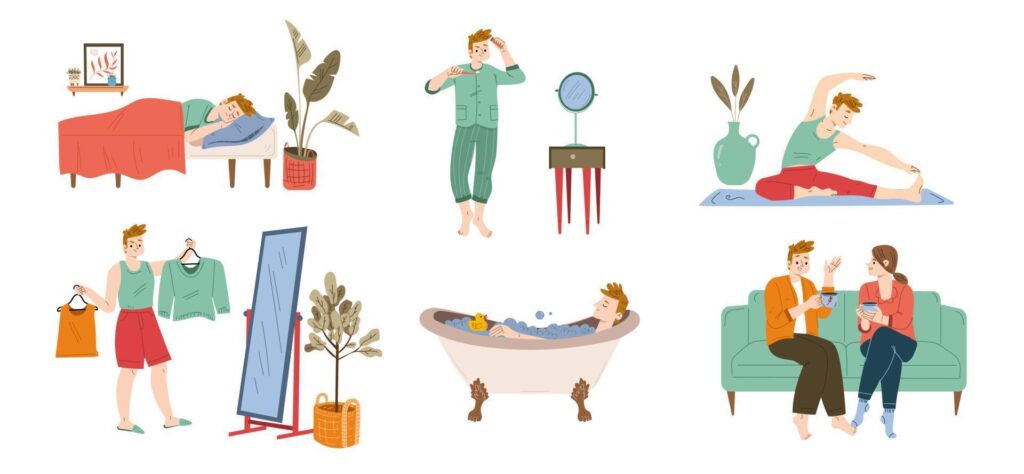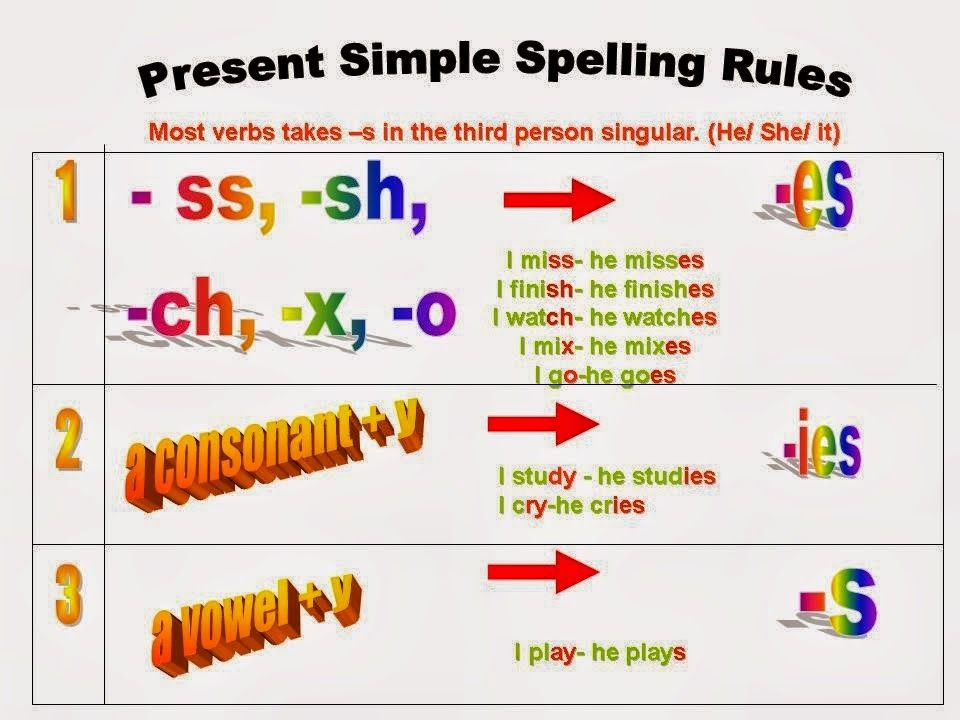Present Simple

Objectives:
- Understand how to use the present simple tense correctly.
- Recognize the importance of the present simple in daily communication.
Content:
- Present Simple for Habits and Routines:
- Structure: Subject + base verb (e.g., “I walk to school every day.”)
- Example: She drinks coffee every morning.
- Present Simple for Facts and General Truths:
- Structure: Subject + base verb (e.g., “Water boils at 100°C.”)
- Example: The sun rises in the east.
- Present Simple for Scheduled Events:
- Structure: Subject + base verb (e.g., “The train leaves at 9 AM.”)
- Example: The movie starts at 7 PM.
Practical Examples:
- “I study English every evening.” (habit)
- “Dogs bark.” (general truth)
- “The bus arrives at 8:30 AM.” (scheduled event)
- Negative Form:
- Structure: Subject + do/does not + base verb (e.g., “I do not like spinach.”)
- Example: He does not play football.
- Interrogative Form:
- Structure: Do/Does + subject + base verb? (e.g., “Do you play the guitar?”)
- Example: Does she work here?
Practical Examples:
- “I don’t watch TV on weekdays.” (negative)
- “Does he speak English?” (interrogative)

Activities:
- Routine Tracker Game: Students create a daily routine tracker where they list their activities using the present simple. They earn points by completing tasks that match their routines.
2. Fact or Fiction Quiz: Students are given statements in the present simple and must decide if they are true or false. This activity reinforces the use of present simple for facts.
Schedule Matching: Students receive different schedules (e.g., a school timetable, a movie schedule) and must match sentences using the present simple to the correct event.
